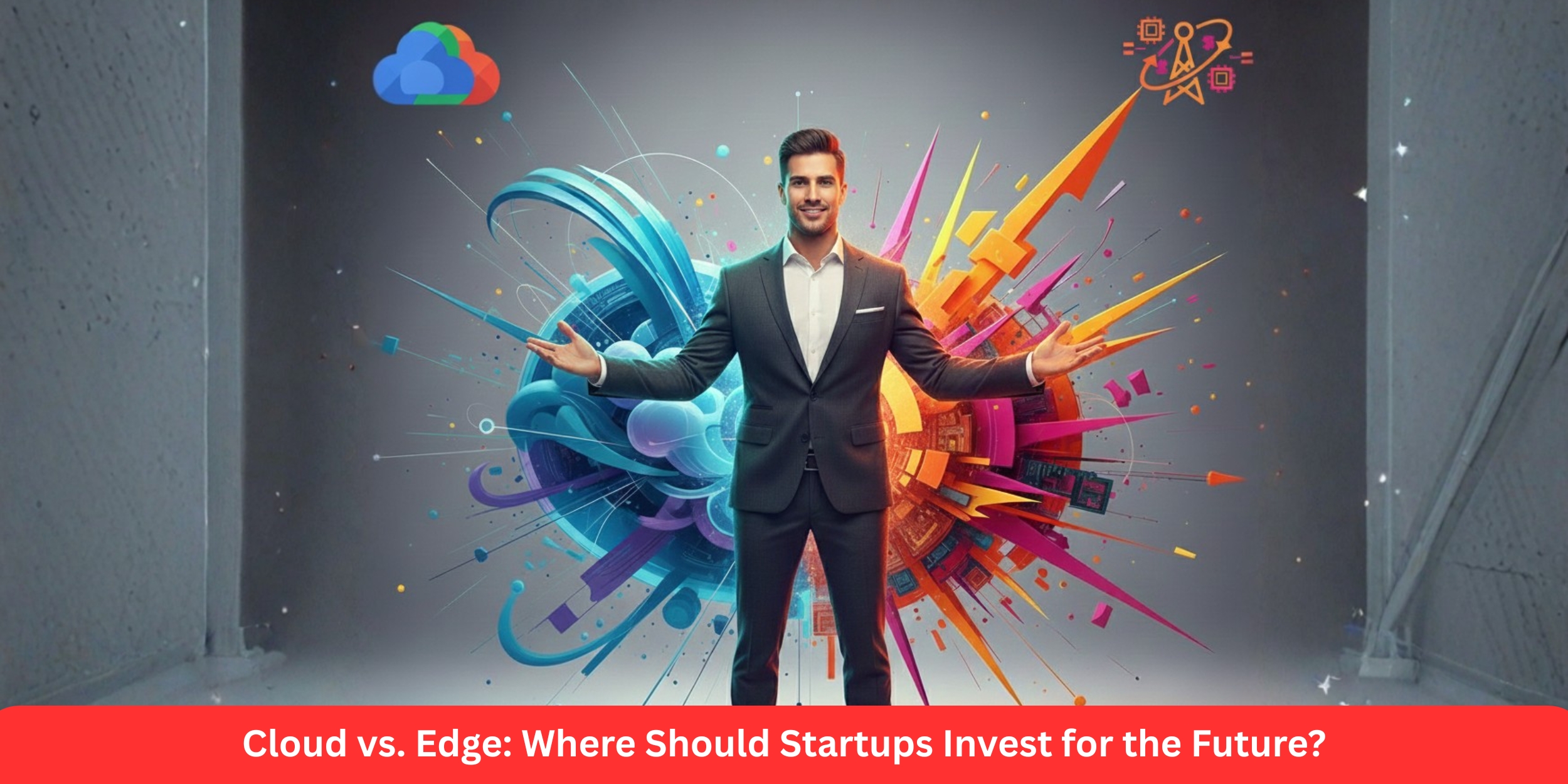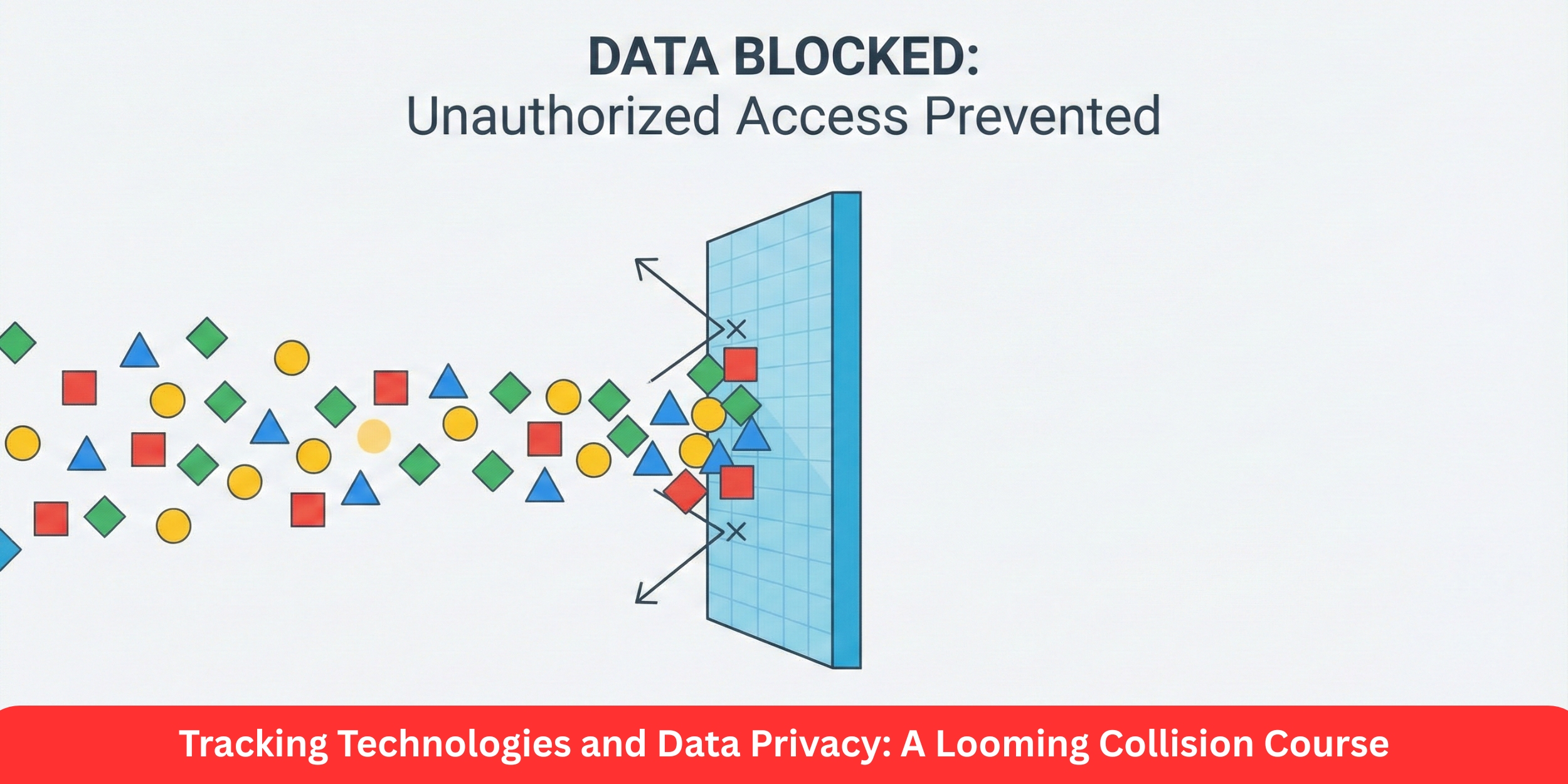
Ever walked into a store where the salesperson instantly knows what you like?
They remember your last purchase, suggest something that fits your style, and somehow make buying feel effortless.
That same magic once reserved for boutique shops is now happening online, thanks to AI personalization.
Today’s shoppers don’t just want choices; they want relevance. They expect your e-commerce store to understand their needs without making them work for it. When it doesn’t, they scroll away. When it does, they buy more, come back often, and trust your brand.
Let’s unpack how AI-powered personalization can help your e-commerce business boost sales, increase revenue, and create a shopping experience that feels human again.
Why AI Personalization Is the Secret Sauce of Modern E-Commerce
Personalization isn’t about bombarding people with “You might like this” pop-ups. It’s about showing that you actually understand them.
AI personalization means using machine learning to study browsing patterns, purchase history, and behavioral data to deliver exactly what a customer wants before they even say it.
Think of it as data-driven empathy.
Amazon does it when it recommends your next purchase before you realize you need it.
Netflix does it when it predicts the show you’ll binge next.
And small Shopify stores are doing it too using AI tools that learn and adapt from every click.
This isn’t just tech talk. It’s a business reality.
McKinsey reports that 71% of consumers expect personalized interactions, and companies that get it right drive up to 40% more revenue.
Personalization isn’t optional anymore; it’s survival.
So how do you use AI to turn your online store into a personal shopping assistant? Let’s break it down.
1. Personalized Product Recommendations That Feel Human
When a visitor lands on your website, they don’t want to dig through endless catalogs. They want a shortcut to what feels right for them.
AI studies each user’s patterns, what they click, what they ignore, how long they stay on a product page, and tailors recommendations based on those clues.
It’s not guessing. It’s observing.
For example:
If someone buys running shoes, AI can instantly show sportswear, energy gels, or smartwatches. It feels intuitive, not pushy.
This is what keeps shoppers engaged, increases average order value, and makes browsing feel like a guided journey rather than a chore.
Tools to use:
Dynamic Yield for personalized product carousels
Algolia recommend for smart search and suggestions
Shopify’s AI Recommender for small-to-medium stores
Pro Tip: Keep it authentic. Don’t overdo recommendations it should feel like a helpful friend, not a sales bot.
2. Predictive Analytics: Stay One Step Ahead
Here’s the truth: customers rarely say what they’ll buy next but their data does.
Predictive analytics uses AI to analyze past behavior and forecast future actions. It helps you spot patterns like:
When customers are most likely to reorder
Which product combinations lead to more conversions
Who’s about to churn before they actually do
Imagine a skincare brand that knows a customer’s moisturizer will run out in 20 days. AI can trigger a timely email reminder or discount at just the right moment.
That’s not guesswork it’s anticipation.
It turns reactive marketing into proactive connection.
And when customers feel understood, they reward you with loyalty.
To apply this:
Combine Google Analytics data with AI-powered insights to see not just what happened but what’s about to happen.
3. Dynamic Pricing - Smarter Discounts, Better Margins
Price drives decisions, but context drives value.
AI-powered dynamic pricing helps you set prices that adjust in real-time based on market trends, stock levels, and customer demand.
Airlines and Amazon have used this for years, but now smaller brands can too. Tools like Prisync or Intelligems let you adapt pricing strategies automatically, keeping you competitive without slashing profit margins.
Example: If a product’s demand spikes, AI raises its price slightly to maintain margins. If stock piles up, it offers strategic discounts to move inventory.
But remember, pricing shouldn’t feel manipulative. Be transparent. Explain when prices fluctuate or show “smart deal” labels to keep trust intact.
Used wisely, AI pricing doesn’t just increase revenue, it builds credibility.
4. Personalized Emails That Don’t Feel Like Spam
Email is still one of the strongest sales channels if you do it right.
The problem? Most brand emails sound like robots wrote them.
AI flips that. It studies what your customers click, when they open, and what they ignore. Then it personalizes subject lines, offers, and send times automatically.
Imagine this:
You browse a watch at night but don’t buy. The next evening, you get a reminder showing that same watch plus a matching strap, right around your usual browsing hour.
That’s not coincidence. It’s AI timing meets personalization.
Tools to try:
Klaviyo for personalized automation
Omnisend for cross-channel syncing
HubSpot AI for predictive segmentation
The secret isn’t sending more, it’s sending smarter.
When your email feels like it was written for someone, not at them, it wins attention.
5. Conversational AI for Real-Time Personal Shopping
Let’s be honest, most online shoppers want answers now.
“Does this come in my size?”
“Can you deliver by Friday?”
“Will this fit with my phone model?”
If they can’t get answers quickly, they bounce.
That’s where AI-powered chatbots come in. But not the cold, robotic ones from 2018. today’s bots are conversational, empathetic, and capable of context.
Take Sephora’s Virtual Artist: it suggests makeup shades based on skin tone and even gives tutorials. It feels personal, immediate, and intelligent.
Good conversational AI builds trust. It’s like having a 24/7 store assistant that never sleeps but still sounds human.
Pro Tip: Train your chatbot on real conversations and brand tone. The goal is warmth, not scripts.
6. Visual Search & AI-Powered Discovery
Not every shopper knows how to describe what they want. Sometimes, they just have a photo.
Visual search uses AI image recognition to identify color, texture, and pattern from a picture, then show similar products instantly.
Upload a photo of a jacket, and your site can suggest look-alike designs or matching accessories.
Fashion brands, furniture stores, and even jewelry shops use it to shorten the path from “inspiration” to “checkout.”
Pinterest Lens and ASOS Visual Search have nailed this. And smaller stores can now integrate similar tech through plug-ins and APIs.
When discovery feels visual and intuitive, shoppers spend more time exploring and less time searching.
7. AI-Driven Customer Segmentation
Every buyer is different. Some love deals, others want premium. Some are impulsive, others analytical.
AI helps you segment customers not by demographics but by behavior.
It studies patterns like buying frequency, product types, and session times to cluster users into smart groups:
First-time visitors
Loyal buyers
Discount hunters
Inactive users
Once you know who’s who, your messages can finally feel relevant.
Example: Send early access offers to loyal customers, but win back inactive users with personalized discounts or reminders.
Tools to explore:
Segment for real-time behavioral grouping
Adobe Sensei for deep audience analytics
BlueConic for omnichannel personalization
Segmentation isn’t about labeling people, it’s about understanding them better than your competitors do.
8. Measuring the Impact: From Clicks to Conversions
AI personalization only matters if it actually drives sales.
Track metrics like:
Conversion rate changes after implementing personalization
Average Order Value (AOV) before and after AI recommendations
Repeat purchase rate and churn reduction
Use heatmaps, CRM reports, and A/B testing to measure how personalized changes affect real behavior.
But here’s the deeper truth: numbers tell part of the story; emotions tell the rest.
When customers feel understood, they don’t just buy once they stay. That’s the real power of personalization done right.
9. Common Pitfalls to Avoid
AI can be a blessing or a disaster depending on how you use it.
Here are mistakes that kill trust fast:
Over-automation: Too many pop-ups or “Hi again!” messages feel creepy.
Outdated data: Don’t base personalization on old info—it backfires.
Ignoring privacy: Always disclose data usage. Customers respect transparency.
No human touch: Let your team oversee the tone and logic behind every automated decision.
AI is a tool, not a replacement for empathy. Use it to enhance, not to dominate.
10. The Future of AI in E-Commerce
Personalization today is smart. But tomorrow, it’ll be intuitive.
We’re already seeing:
Voice commerce: shoppers buying directly through voice assistants.
Emotion recognition AI: systems adjusting recommendations based on facial cues or tone.
Hyper-personalized ads: crafted in real-time to match each viewer’s personality.
The question isn’t if AI will reshape e-commerce, it’s how ethically we’ll use it.
The future belongs to brands that blend data with empathy, where personalization doesn’t manipulate, but serves.
When technology learns to see people, not just patterns, selling becomes an act of understanding.
FAQs
Q1: How does AI personalization increase sales in e-commerce?
AI analyzes customer behavior like browsing habits and purchase history to offer relevant suggestions, targeted deals, and personalized journeys. This relevance reduces friction and increases conversions naturally.
Q2: Is AI personalization expensive to start with?
Not at all. Many tools scale with your business size. Start small automate product recommendations or email personalization measure impact, then expand gradually.
Q3: Will AI replace human marketers?
AI can analyze faster, but it can’t feel. It enhances human creativity by handling data-heavy work, freeing marketers to focus on storytelling and brand experience.
Q4: What’s the biggest mistake brands make with AI?
Treating personalization like manipulation. True personalization serves the customer first revenue follows as a result.
Conclusion: Selling Smarter Starts with Seeing People Clearly
Behind every click is a person. A story. A reason.
AI gives e-commerce brands the power to understand those stories at scale but it’s still on us to listen.
When you use AI not just to sell, but to connect, you stop chasing conversions and start building relationships.
Because the best sales strategy isn’t smarter tech it’s smarter empathy.
And now, thanks to AI, empathy finally scales.





